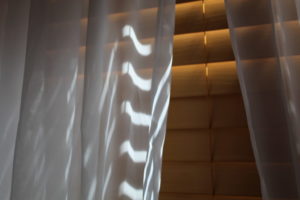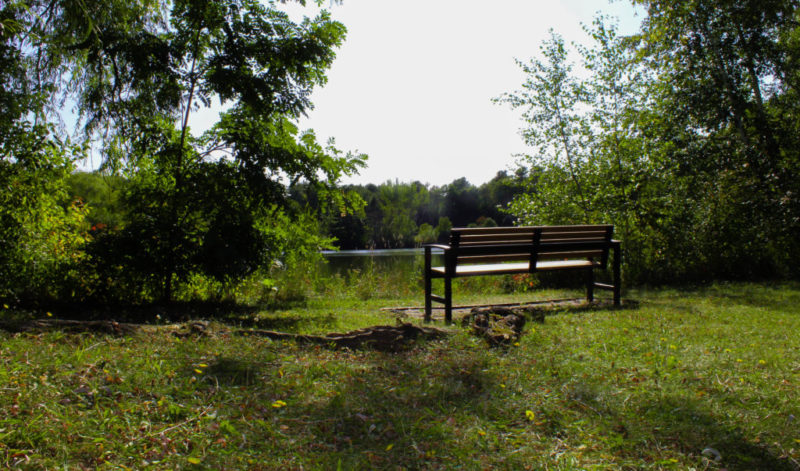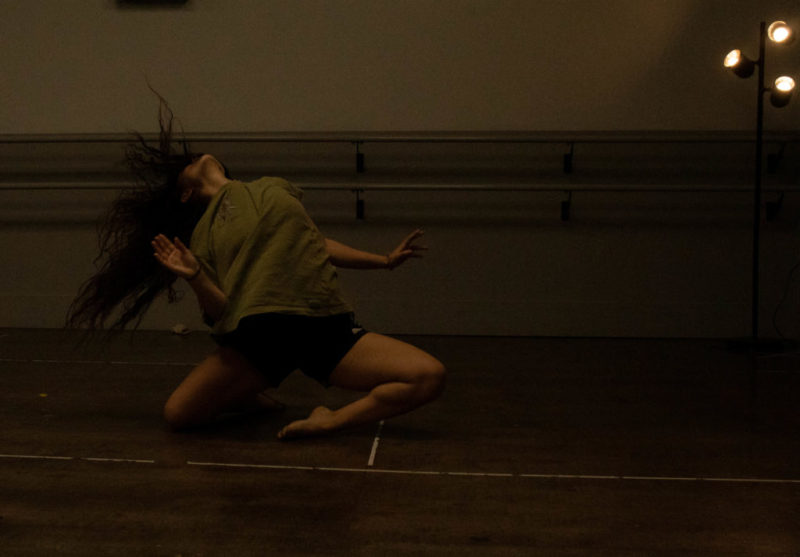Part 1: Classic Influences
Paul Strand
- I really enjoyed looking at Paul Strand’s photography. I saw that he had an excellent variety in his photos, from landscapes to portraits. I have linked three of my favorites photos of his that I feel also depict his photographic diversity. One thing that immediately stood out to me when looking at these photos was Strand’s use of contrast in his photos. I thought that the stark difference between black and white really drew my eye to the picture’s focal point. I thought that the stair picture’s railing stood out so distinctly against the black background that it almost didn’t even look like a set of stairs. I also saw noticeable emotion in each of his pictures. For example, the picture depicting an older woman’s hands has an emotion, even though there is no face present in the picture. He also had many photographs, specifically of children and the elderly. Their emotion was made very visible, both by expression and by the rest of the photograph’s mood. Lastly, I thought Paul Strand made great use of framing in his photographs. Many of his pictures include leading lines to the subject or person. I thought the leaves framed the side of the girl’s face in the portrait I included was a really creative way to use framing.
https://images.app.goo.gl/qBbcZ6xZgFzuvhQo9
https://images.app.goo.gl/y3o2LNWD8tbLCsy5
https://images.app.goo.gl/3i9Ri88vJ8T9FRWRA
2. Paul Strand used his photography to create social awareness and social consciousness on important topics to him and society. Strand was very inspired by the relationship between art and politics and thought that his work could positively impact social thinking. He started the Photo League in 1936 with Berenice Abbott. This was a collaborative league of photographers devoted to raising awareness for trade union activities and social protests. This league was started during the Great Depression, so I believe that the societal changes the United States of America was going through definitely influenced Strand’s work and focus.
3. I am really inspired by Strand’s use of contrast and will definitely focus on this in my own photography. I want to find areas with more natural contrast to photograph and use my skills to create an interesting contrast in the photo. In the picture below, I was able to find natural contrast in the light, but looking back, I think I could have chosen a different angle for the photograph so that I could better showcase this contrast. I also really like Strand’s use of emotion, especially in his portraits. I love taking portraits, and think I could work on this aspect to create an interesting portrait.

Ansel Adams
- Ansel Adams was most known for his landscape and environmental photography, specifically located in American national parks. When first looking at his landscape work, I was immediately drawn to the sky in each of his pictures as Ansel was able to capture the photo’s mood often time through the sky and clouds. I was also drawn to how Adams placed some objects in his photo’s foreground, while the rest of the landscape was in the background. I especially liked this effect in the photo I linked where the rocks are placed in the landscape’s foreground. Adams also used lighting very well in his photography. In many of his photos, you can see the sun’s rays shining into the frame.
https://images.app.goo.gl/HPKmaWKDeJYVK4HfA
https://images.app.goo.gl/33F9q4snTDpfEFhm7
https://images.app.goo.gl/thjEXSpxFkpD98hR9
2. Adams was very environmentally conscious, which makes sense considering his passion for photographing landscapes. He even condemned his own family’s lumber business for depleting the redwood forests. He used his work to promote the conservation of the wilderness. World War 2 and the attack on Pearl Harbor both occurred during his career as well. Adams then produced a photo essay on wartime injustice to bring light to this topic.
3. I am very inspired by the way Ansel Adams uses natural light to creat a special effect on his photos. The rays of light in many of his pieces look photoshopped! I would be really interested to learn how to capture this kind of light in my own photographs, and if there are any specific techniques necessary to obtain this effect. I feel like this would add another element to my photos, and enhance the mood and atmosphere. The picture of my own that I added below feels a bit flat, and I think if I were able to capture the light better, it would have added another dimension to the photo.

Part 2: Early Modern Influences
Richard Avedon
- What I think stands out the most for me in Richard Avedon’s photography is his ability to storytell through a singular photo. Avedon is able to capture both expression and motion in a way that can tell a story or convey a certain emotion. I like that he does not try to capture only one emotion in his photos, but multiple, which is a good challenge for any photographer. The photograph I included of the woman and child to me conveys a complete story in one still photograph. Avedon also has great originality in his photos, it is uncommon to see a photographer capturing such obscure expressions on their subjects, and I think this feature gives him very original content.
https://images.app.goo.gl/syEZoMEaSX4B7yGy7
https://images.app.goo.gl/mARZGfnXuHnHC5DF6
https://images.app.goo.gl/ceutCerLSjVSWUg16
2. Richard Avedon aimed to capture humanity and vulnerability in his portrait photography. He photographed public figures, and tried to show the public their vulnerable side through expression and emotion, Avedon also became interested in political photography in his late career, shooting political leaders and activists. He also shot photos of the segregation that was going on at the time to spread political awareness. Avedon took portraits of some of the times most important activists, such as Martin Luther King Jr. and Malcom X.
3. I really enjoy doing portrait photography, but as a beginner I take only very basic portraits. I would really like to be able to shoot portraits with more expression and creativity embedded in them. Seeing all of the emotions that Richard Avedon captured with his photography inspired me to try to think outside of the box a little bit more in my own portrait work. I also would like to become more knowledgable in shooting photography with motion, and really liked Avedon’s still shots that captured the movement of fabric on a body. Seeing these photos showed me that I can be more original with my ideas and capture some more meaningful moments in my photos. 
Dorothea Lange
- When looking through some of Dorothea Lange’s work, I was able to feel emotion in almost every picture I looked at. I think Lange is extremely skilled in capturing authenticity and truthfulness in her photos. She shows things for how they really are, and not the facade that can sometimes be put up in photography and portraits. Because of this, her photos also have incredible visual impact, your eye is immediately drawn to the subject. Lastly, I noticed how the background and foreground of her works are set up. Her foreground is very clear, while the background is blurred to really place focus on the subject.
https://images.app.goo.gl/yk6mxnkVW7nKDxx89
https://images.app.goo.gl/fLYMwEg1jjiPuHkY7
https://images.app.goo.gl/fpNVdErFL1oyZKAR8
2. Dorothea Lange is most famous for her work during the Great Depression. She captured the hardships that most of the population faced, showing the truth in the Great Depression. Her photos also depict a tremendous strength and vulnerability in her subjects. Her documentary photography is especially insteresting, as she tells an authentic story through a series of stories.
3. Similarly to Richard Aveon’s photography, Dorothea Lange captures emotion in her photographs. I would like to adopt her sense for authenticity in her subjects. This would allow me to take more meaningful photos of my subjects, especially in portrait photography. I think I could apply these skill really well in our upcoming photo story project. I will focus on capturing truthful photos, and not false ones. In the picture attached below, I think I do capture some sort of emotion or expression, but it is easy to tell that the photo is staged and posed.
